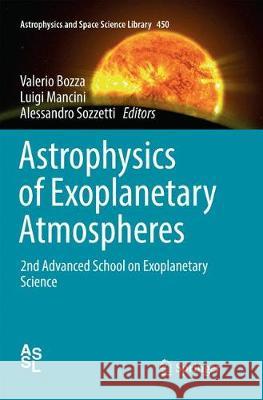Astrophysics of Exoplanetary Atmospheres: 2nd Advanced School on Exoplanetary Science » książka
topmenu
Astrophysics of Exoplanetary Atmospheres: 2nd Advanced School on Exoplanetary Science
ISBN-13: 9783030078362 / Angielski / Miękka / 2019 / 199 str.
Astrophysics of Exoplanetary Atmospheres: 2nd Advanced School on Exoplanetary Science
ISBN-13: 9783030078362 / Angielski / Miękka / 2019 / 199 str.
cena 524,53 zł
(netto: 499,55 VAT: 5%)
Najniższa cena z 30 dni: 501,19 zł
(netto: 499,55 VAT: 5%)
Najniższa cena z 30 dni: 501,19 zł
Termin realizacji zamówienia:
ok. 22 dni roboczych
Bez gwarancji dostawy przed świętami
ok. 22 dni roboczych
Bez gwarancji dostawy przed świętami
Darmowa dostawa!
Kategorie BISAC:
Wydawca:
Springer
Seria wydawnicza:
Język:
Angielski
ISBN-13:
9783030078362
Rok wydania:
2019
Wydanie:
Softcover Repri
Numer serii:
000220232
Ilość stron:
199
Oprawa:
Miękka
Wolumenów:
01











